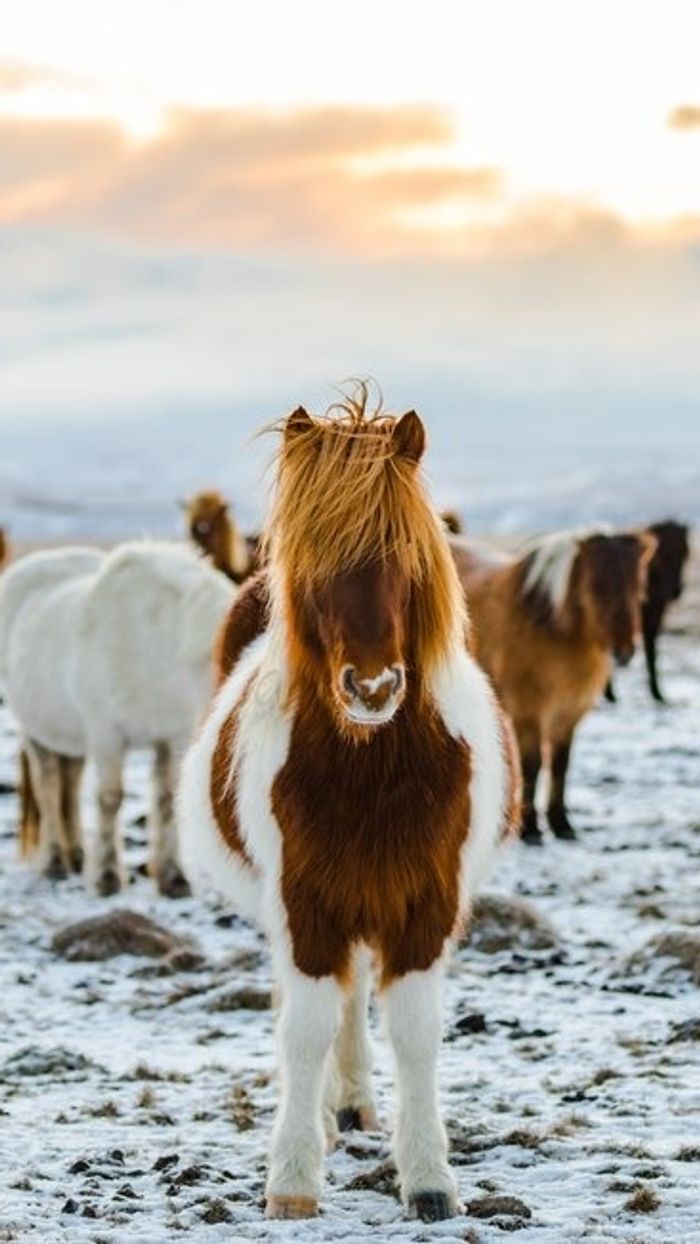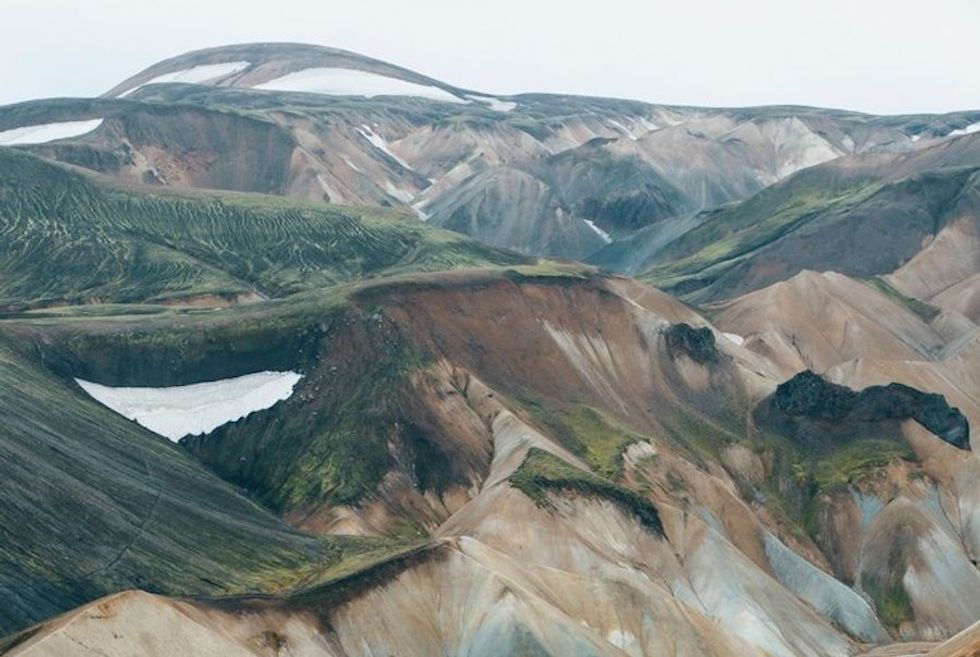Iceland is a country forged of powerful elements, composed of glaciers, more than 100 volcanoes, and the meeting point for the North American and Eurasian tectonic plates. It is a harsh and volatile environment that exudes stunning natural beauty.
With a population of just over 300,000 people, Iceland has some of the most liberal and forward-thinking social policies in the world. Gender equality, natural energy, and fantastic social programs are all enviable aspects of Iceland's infrastructure, which has unquestionably bounced back since the economic recession in 2008.
Reykjavik is a true cosmopolitan city with a small-town feeling. It is the world's most northerly capital city and is home to a majority of Iceland's population. Despite only having a few hours of sunlight on its shortest winter day and continuous sunlight for almost 24 hours during the peak of summer, Icelanders do not hide from the difficult seasonal changes but embrace them and enjoy all the city has to offer year-round.
Reykjavik has quite the reputation for late-night drinking and debauchery, as weekend pub crawls, known as the Rúntur—which stretch until 5am—are the norm. From rowdy dive bars to sophisticated hotel lounges, the city has it all. A few highlights are the silly Lebowski Bar, which oozes kitsch and serves delicious White Russians; Apotek Kitchen+Bar, in the Apotek Hotel (formerly a pharmacy, which explains the mixologists in lab coats); and Slippbarinn, in the Icelandair Marina Hotel—a favorite pre-game spot for locals as they gear up for the night while sipping freshly muddled cocktails. Reykjavik also has a robust live music scene and plenty of music venues to check out.
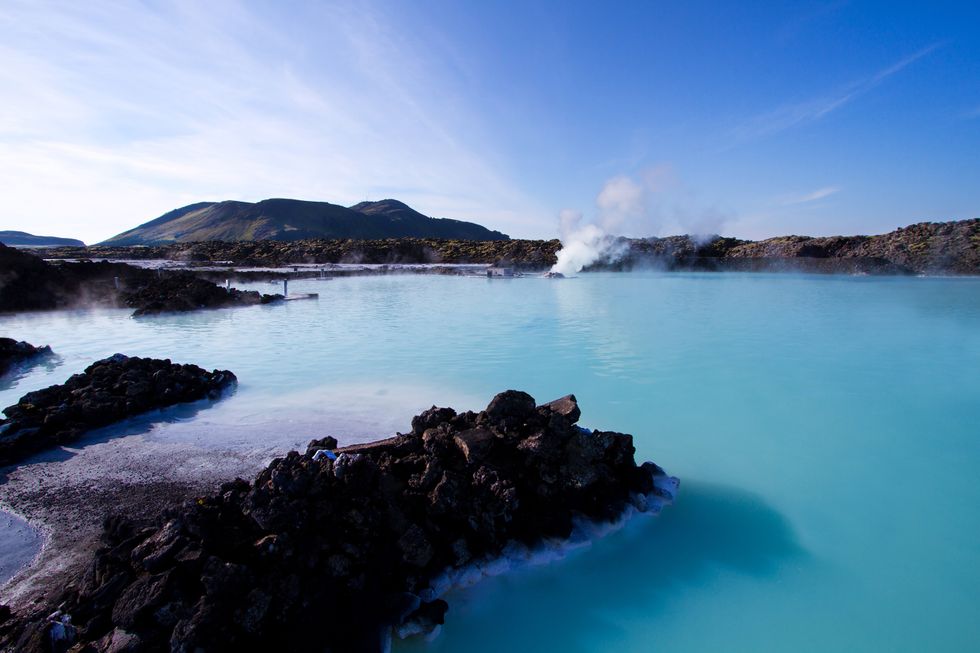
The Sights
The city also offers numerous cultural sights and points of interest. Hallgrimskirkja is Reykjavik's towering church, an architectural beauty with a massive organ and uncompromising views from the tower. The Settlement Exhibition Museum, in the heart of the city, offers an interactive display showcasing a 10th Century Viking longhouse. The Saga Museum and National Museum also offer well curated and interesting displays of local culture, people, and art. Harpa is a gorgeous concert hall and cultural events center built with LED panels that can display a moving feast of images and colors. Just a short walk along the shore from Harpa is The Sun Voyager (Sólfar), an iconic sculpture of a Viking ship right on the ocean's edge and a necessary photo pit-stop. There is also a lively flea market on the weekends called Kolaportið, which offers all manner of goods, food and clothing. For a bit of a rest, take a seat at Tjörnin Pond, where ducks and swans roam freely. Right next to the lake is a gorgeous cemetery with headstones stretching back to the very early 19th Century. In the summer, whale watching is a fantastic activity as more than 20 species of whale have been found in Icelandic waters. For a half day of true relaxation, head to the Blue Lagoon, a very touristy yet fun spot to soak in the gorgeous blue geothermal waters that are always perfectly warm.
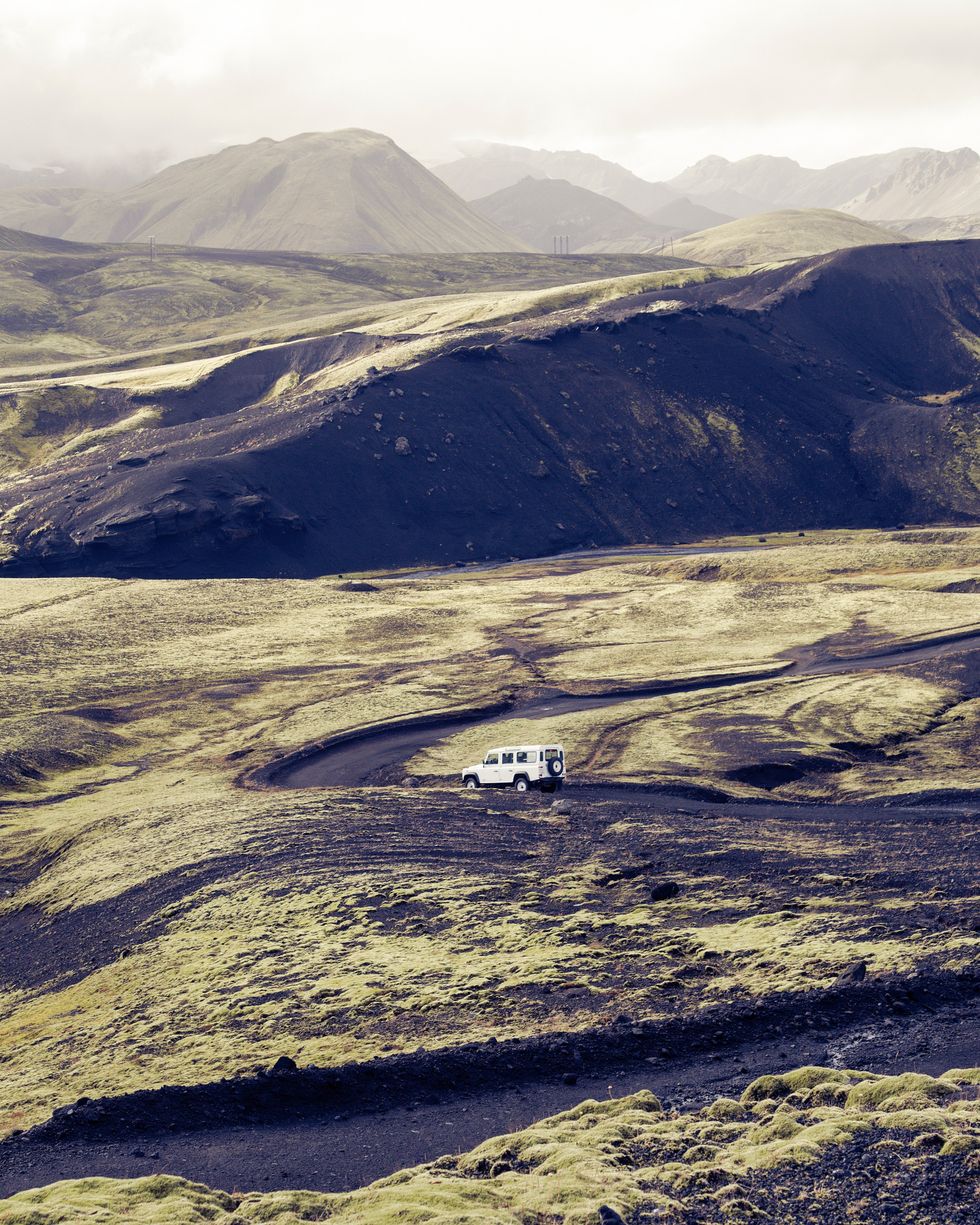
Day Trips
Outside of Reykjavik, you can truly get a sense for the awe-inspiring landscape of this country. Guided bus tours are easy options, but it is recommended to rent your own car for day trip exploration along Iceland's Southern and Western coasts. During the colder months some roads become impassible, especially when attempting to drive along the entirety of Iceland's coast, known as The Ring Road, but many roads that offer exciting day trips from Reykjavik are usable. A necessary drive is the Golden Circle, which takes travelers to Thingvellir National Park, a UNESCO site and where Parliament was based from 930 until 1798. This is also where the continental drift between the two tectonic plates can easily be seen. Snorkeling, and hiking and camping during warmer months, are popular activities. Continuing on the drive is the Geysir geothermal area where the Strokkur geyser shoots up a fantastic display of water almost 100 feet high about every 10 minutes. Then, stop at the powerful Gullfoss Falls, a sight of majestic beauty.
A drive along the South Coast offers impressive natural scenery unrivaled almost anywhere in the world. Massive cliffs covered in snow (during colder months) meet lava fields blanketed in moss, plus famous volcanoes and stunning glaciers are all nearby. The shorter tour generally ends around the southern town of Vik, known for its black sand beaches. Along the way, excursions at the Seljalandsfoss and Skogarfoss waterfalls could leave you wide-eyed for hours. Additionally the Solheimajokull glacier is a perfect pit stop for some hiking or ice-climbing. Be sure not to miss one of the numerous horse farms along the drive and become acquainted with the gorgeous and famous Icelandic Horse. An additional 2 hour drive past Vik will take you to Jokulsarlon, a glacier lagoon on the edge of Vatnajökull National Park. Another fantastic day trip from Reykjavik is a drive out to the Snæfellsnes Peninsula, a rugged and stark part of Iceland. This is where The Snæfellsjökull Volcano resides which is the famous point of exploration in Jules Vern's science fiction novel Journey to the Center of the Earth. The glacial ice cap is surrounded by monstrous cliffs, spiky lava fields and beautiful crashing waves.
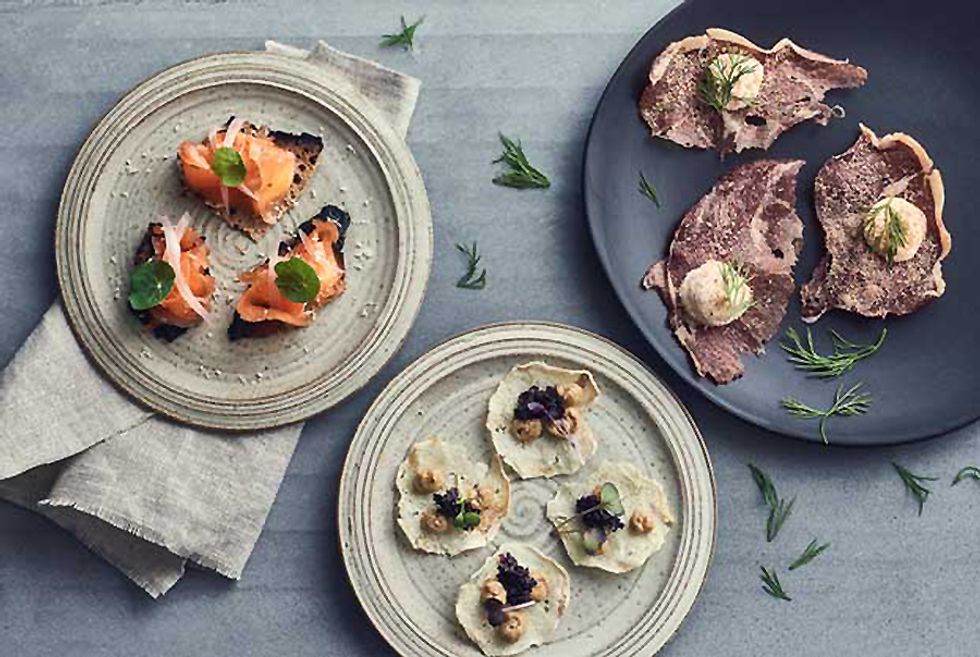
Fare From Land + Sea
All of this exploration and sightseeing undoubtedly works up an appetite and Icelandic cuisine does not disappoint. There are a number of local eateries to score a fine meal; Reykjavik is, in fact, a foodie destination with restaurants adding modern spins to traditional fare at places likeÍslenski Barinn, Matarkjallarinn, Kol Restaurantand Matur og Drykkur. As it is surrounded by the Arctic and North Atlantic Oceans, it offers up a bounty of delicious seafood. Lobster, cod, salmon, haddock, monkfish, and herring are all found nearby and are a true staple anywhere you go in Iceland. Meat eaters shouldn't fret though; there are a lot of sheep here, which means delicious lamb. Sheep generally roam free in Iceland, munching on berries and grass before they are herded in the winter leading to tender, delicious flavors. Most people's favorite lamb-centric meal is the iconic meat soup (kjötsúpa). Originally used to make tougher pieces of meat more palatable, the dish now utilizes the finest cuts, is cooked with herbs and vegetables and is generally served with delicious local bread, plus is the perfect thing to warm you up on horribly cold days. Another favorite way lamb is served is smoked, known as hangikjöt. This is a very traditional dish usually served with potatoes, peas and red beets. For something a bit healthier, Skyr, which is similar to yogurt even though it's technically a light cheese, is beloved by practically everyone in Iceland.
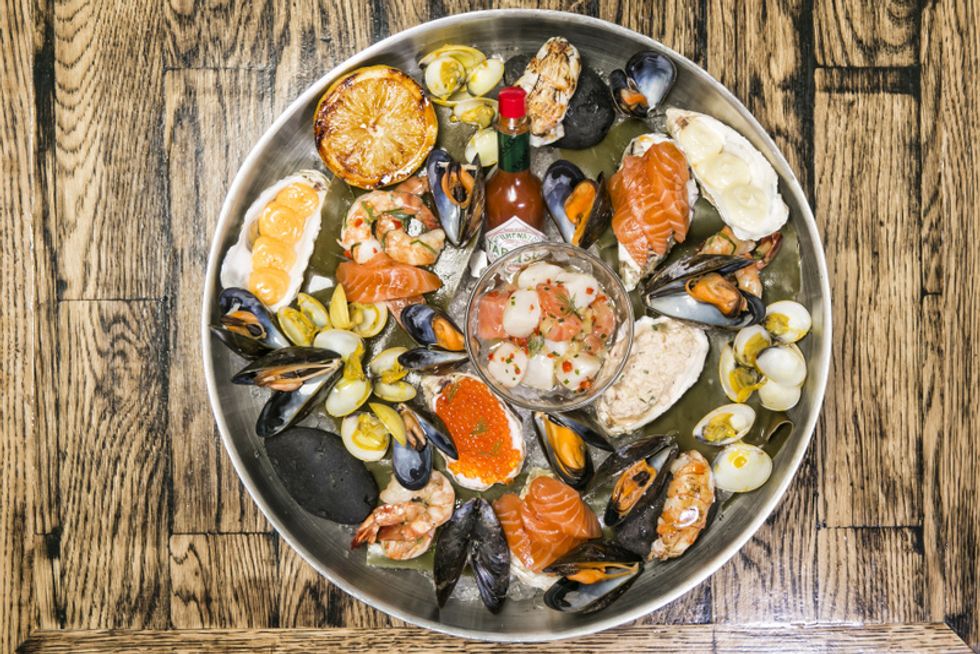
Moving on to more unique and controversial fare, Iceland offers plenty of oddities. Fermented shark, known as hákarl is probably the most disliked item anyone visiting Iceland could try and is described by as Anthony Bourdain as the most disgusting thing he has ever put in his mouth. The dried shark has a very unique odor and is not for the faint of heart. Horses are abundantly found around the island and do end up on some menus, not that the dish itself tastes bad, but serving this animal can cause some moral angst for certain travelers. Similarly to horse, whale is another controversial meat served in Iceland. Mink whale, which is not endangered, is generally preferred, and if it is well prepared usually as a steak, seared or on a kebab, it is flavorful and robust. Finally, Svið is singed and boiled sheep's head and looks a bit grotesque; it is only served in one restaurant in Reykjavik outside of an annual month long winter festival so can easily be avoided.
Iceland is a land of contrasts; rugged and barren landscapes border the adorable yet cosmopolitan town of Reykjavik. The warmth of the people here persists despite harsh and ever-changing weather, and ancient traditions meld with truly modern social and political institutions.
This post was originally published on Rogue Habits.
You Might Also Like:



